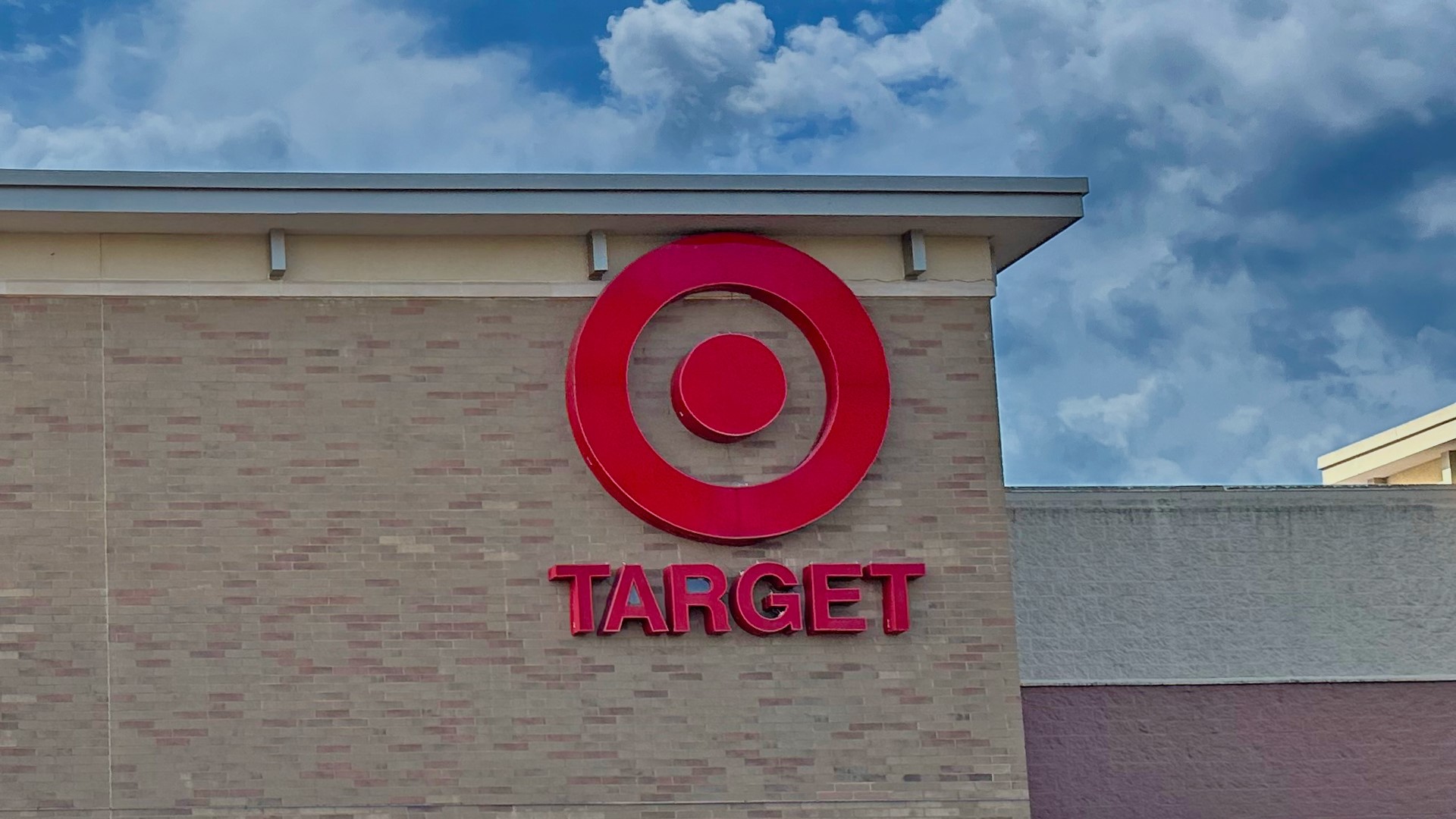
Mark S. thought he was just picking up paper towels. Three hours and $247 later, he walked out of Target with novelty Halloween T-shirts, Good & Gather peanut butter and jelly cookies, a decorative throw pillow and — buried somewhere in his receipt — those paper towels.
Check Out: I Stopped Buying Things From Amazon — Here’s What I Learned
Read Next: I'm a Retired Boomer: 6 Bills I Canceled This Year That Were a Waste of Money
“I went in for one thing and came out with 23,” admitted Mark, a massage therapist in his 30s. “Target has this way of making everything seem essential.”
Mark’s story isn’t unique, but his solution might surprise you. After years of Target-induced budget chaos, he developed a system that finally brought his spending under control.
The Anatomy of a Target Shopping Addiction
Mark’s Target obsession began innocently enough. “I moved to a new apartment and needed household basics,” he explained. “Target seemed like the obvious choice — clean stores, reasonable prices, everything in one place.”
But Target’s carefully curated aesthetic proved irresistible. The seasonal displays, the Instagram-worthy home goods section, the constant rotation of limited-edition collaborations — it all combined into what retail experts call “the Target effect.”
“I’d see these novelty graphic tees for $12.99 and think ‘that’s practically free,'” Mark recalled. “Pizza slice T-shirt? Obviously I need that. Shirt with a cartoon avocado making a pun? How could I not buy it?”
Find Out: Walmart’s New Fee Upsets Shoppers — What You Need To Know
When Impulse Buying Becomes a Budget Crisis
Mark’s wake-up call came during a December budget review. Scrolling through his credit card statements, he discovered he’d spent over $2,800 at Target in a single year.
“I nearly fell off my chair (that I bought at Target),” he shared. “That’s more than I spent on groceries at the actual grocery store. For what? T-shirts I wore twice and overpriced granola bars?”
The spending pattern was consistent: monthly “necessity” runs that somehow averaged $200 to $300 per visit. Mark would enter needing shampoo and leave with seasonal home décor, impulse snacks and clothing items that seemed essential in the store but ridiculous at home.
“The worst part was how good I felt about it while it was happening,” Mark shared. “Target makes you feel like you’re being smart and stylish, not wasteful and impulsive. They’re evil geniuses!”
The Target Budgeting System That Actually Worked
Determined to regain control, Mark developed what he calls his “Target Defense Strategy.” The system included several key components:
The $50 rule: Mark imposed a strict $50 spending limit per Target visit, forcing him to prioritize actual needs over wants.
The 24-hour list: Before entering Target, Mark would write down exactly what he needed and wait 24 hours before going. This eliminated most impulse trips.
The novelty T-shirt ban: After counting 47 Target-branded and novelty shirts in his closet, Mark instituted a complete moratorium on clothing purchases.
The Good & Gather budget: Mark allocated $25 monthly for Good & Gather products, treating them like a subscription service rather than unlimited impulse buys.
“It was like creating guardrails for myself,” Mark explained. “I could still shop at Target, but within reasonable boundaries.”
The system worked well, reducing Mark’s Target spending dramatically within six months.
An Unexpected Assist From Corporate Controversy
Earlier this year, Target found itself embroiled in political controversy over its corporate policies and marketing choices. For Mark, the timing couldn’t have been better.
“I disagree with the direction Target has taken as a company,” Mark said. “Their recent corporate decisions don’t align with my values, so I’ve chosen to shop elsewhere.”
What started as principled consumer choice became an unexpected financial blessing. By avoiding Target entirely, Mark eliminated the temptation that his budget system could only partially control.
“It’s actually been liberating,” he said. “I don’t have to exercise willpower around Target anymore because I’m not going there at all. My political principles and my financial discipline finally aligned.”
Life After Target: Lessons in Consumer Self-Control
Six months into his Target-free lifestyle, Mark reports spending much less on household goods and clothing. He’s discovered alternative stores for necessities and broken the cycle of impulse purchasing that Target’s environment encouraged.
“I still miss those Good & Gather cookies,” Mark shared. “But I don’t miss the feeling of walking out with a cart full of stuff I didn’t need and couldn’t afford.”
Mark’s experience illustrates how retail environments can hijack even disciplined consumers’ budgets. Target’s success lies in making impulsive purchases feel intentional and wasteful spending seem like smart shopping.
“This sounds so basic but Target is designed to separate you from your money as pleasantly as possible,” Mark shared. “Once I understood that, I could finally fight back.”
For consumers still struggling with Target addiction, Mark recommended starting small with spending limits and shopping lists. But he acknowledges his current solution isn’t available to everyone.
“Not everyone can or should avoid Target for political reasons,” he said. “But everyone can benefit from understanding how stores manipulate your spending psychology.”
More From GOBankingRates
- 3 Luxury SUVs That Will Have Massive Price Drops in Summer 2025
- 4 Things You Should Do if You Want To Retire Early
- How Far $750K Plus Social Security Goes in Retirement in Every US Region
- 10 Cars That Outlast the Average Vehicle
This article originally appeared on GOBankingRates.com: Confessions of a Target Addict: How One Store Hijacked My Budget







